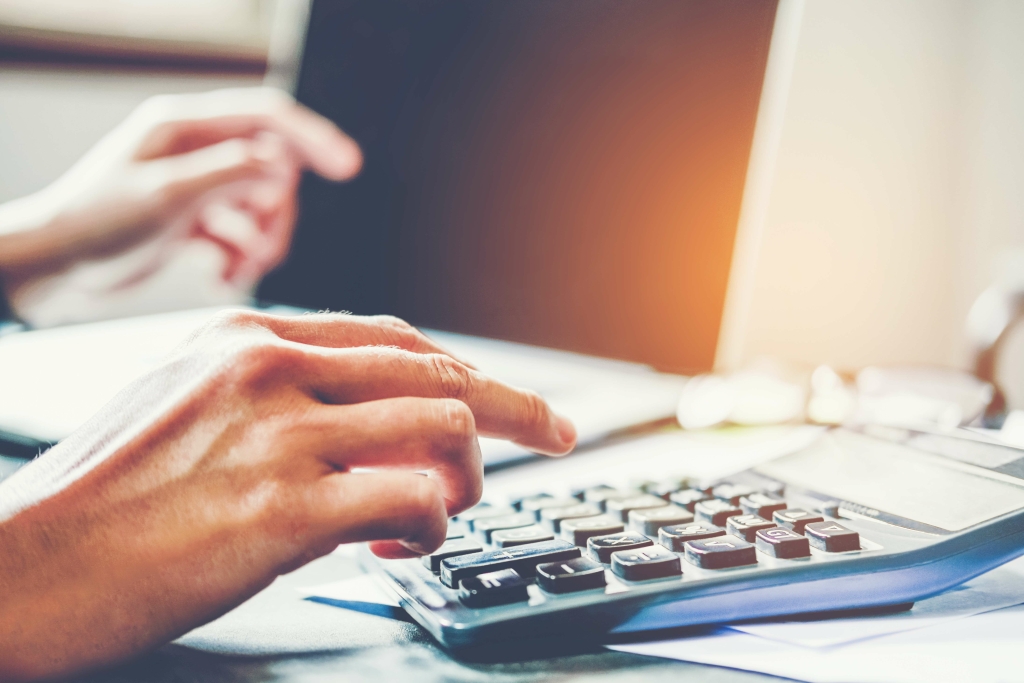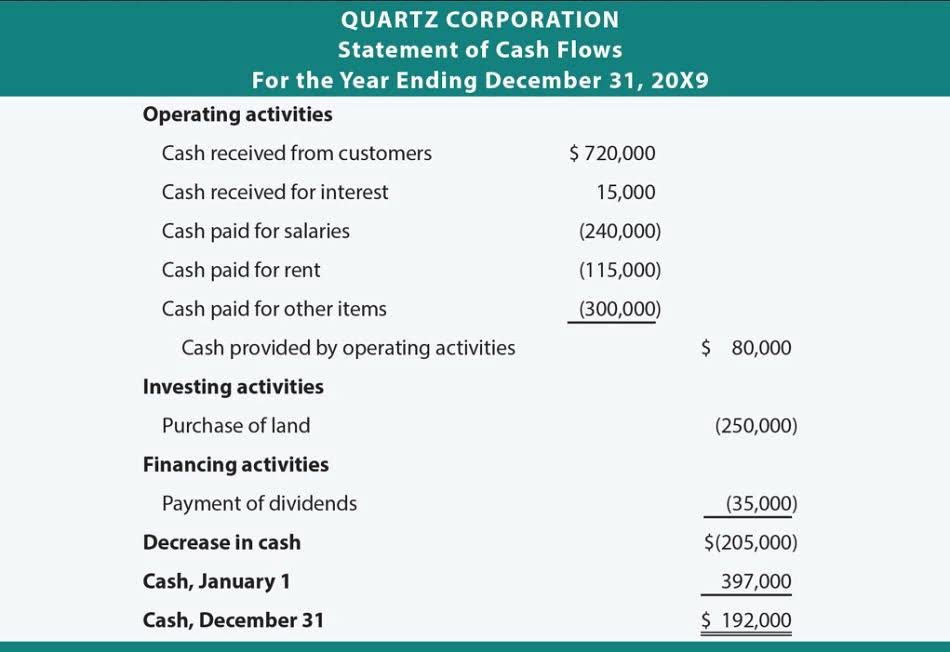
That transaction would be recorded in the “Office Equipment” account for the pens bought and also a reduction in the “Cash” account for the payment made. Accrual accounting software automates tracking, ensuring precision and efficiency. Real-time financial record updates enable seamless reporting and strategic decision-making.
Examples of Long-Term Liabilities
Samsung Electronics is an excellent example, showcasing how liabilities play a crucial role in accounting and business operations. For example, taking on a loan to invest in equipment or expansion can help a business grow. However, poor liability management can lead to cash flow problems and financial instability. Recording a liability requires a debit to an asset or expense account (depending on the nature of the transaction), and a credit to the applicable liability account. When a liability is eventually settled, debit the liability account and credit the cash account from which the payment came. HighRadius stands out as an IDC MarketScape Leader for AR Automation Software, serving both large and midsized businesses.
How 360 Accounting Pro Inc. Can Help with Liability Management
For businesses, the concept of limited liability is a cornerstone of modern commerce. Bookkeeping for Etsy Sellers Liabilities don’t have to be a scary thing, they’re just a normal part of doing business. Because chances are pretty high that you’re going to have some kind of debt.
- Long-term debt is also known as bonds payable and it’s usually the largest liability and at the top of the list.
- For instance, a business might secure a loan with an annual percentage rate (APR) of 8% to 12%, depending on creditworthiness and lender terms.
- A debit either increases an asset or decreases a liability; a credit either decreases an asset or increases a liability.
- Once the service or product has been provided, the unearned revenue gets recorded as revenue on the income statement.
- These are obligations owed to other entities, which must be fulfilled in the future, usually by transferring assets or providing services.
Liabilities vs. expenses

By analyzing the types, amounts, and trends of a company’s liabilities, it is possible to gauge its financial position, stability, and risk exposure. A company with too many liabilities compared to its assets may face cash flow problems or increased financial risk. Understanding a company’s liabilities can also help assess its ability to meet debt obligations and the potential for future growth. The notes accompanying financial statements often provide valuable net sales details about liabilities, such as contingent liabilities or off-balance sheet items. For instance, companies may disclose obligations related to lease commitments or pending legal cases, which should be factored into the total calculation.


For instance, assume a retailer collects sales tax for every sale it makes during the month. The sales tax collected does not have to be remitted to the state until the 15th of the following month when the sales tax returns are due. If the company does not remit the sales tax at the end of the month, it would record a liability until the taxes are paid. The sales tax expense is considered a liability because the company owed the state the money.

According to Institute of Chartered Accountants of India, liability is “the financial obligation of an enterprise other than owners’ funds”. The existence of a past transaction is an important element in the definition of liabilities. For example, if a buyer gives a purchase commitment to a seller, this liabilities in accounting is only an agreement between a buyer and seller to enter into a future transaction. The performance of the seller that will create the obligation on the part of the buyer is, at this point, a future transaction.
- When a company’s total liabilities exceed its total assets, it is insolvent.
- The amount owed to shareholders following the declaration of a dividend is recorded as a current liability under dividends payable.
- Assume that a company is facing a lawsuit from a rival firm for patent infringement.
- Long-term liabilities are listed after current liabilities on the balance sheet because they are less relevant to the current cash position of the company.
- However, the current portion of this loan, which represents the amount payable in the upcoming year, will be presented under current liabilities.
Liabilities also have implications for a company’s cash flow statement, as they may directly influence cash inflows and outflows. For example, a mortgage payable impacts both the financing and investing sections of the cash flow statement. As the company makes payments on the mortgage, the principal portion of the payment reduces the mortgage payable, while the interest portion is accounted for as an interest expense. Accounts Payable – Many companies purchase inventory on credit from vendors or supplies. When the supplier delivers the inventory, the company usually has 30 days to pay for it. This obligation to pay is referred to as payments on account or accounts payable.























